
SECURING WHAT’S NEXT
5G TECHNOLOGY’S IMPACT ON HEALTHCARE
BUILDING SECURE CONNECTED HEALTH SOLUTIONS
From telemedicine at home to developing the next vaccine, fifth-generation mobile technology (5G) will accelerate Secure Connected Health with:
NEAR REAL-TIME INTERACTIVITY
With 100x faster download speeds, 100x greater network capacity, and a 10x decrease in latency, 5G promises near real-time interactivity with medical devices and data. 1
AI ENABLED HEALTHCARE
5G will pave the way for edge computing devices at the point of care, and have the intelligence to augment physicians and caregiver capabilities.2
LARGER COMMUNITIES & BIGGER IDEAS
By 2023, it is estimated there will be 3x more networked devices than humans on Earth. The internet of medical things (IoMT) will be everywhere. Healthcare innovators will connect, collaborate, and share data faster and more effectively than ever.3
IMPROVED PATIENT SAFETY
5G's advancements in network slicing (i.e. multiple dedicated networks on top of a common shared physical infrastructure) will support greater patient privacy. Organizations will be able to apply different cybersecurity policies across varying inner networks, since data isn't shared across isolated "slices".4
5G + HEALTHCARE IN ACTION
Explore the Real-World Utility of 5G
Our healthcare system is at the precipice of transformation through scientific advances paired with 5G, AI, edge computing, and advanced encryption. It is critical that the fabric of our connected future be built with a primary focus on patient safety and security.
Let's explore the real-world utility of 5G, and how organizations can build a secure and resilient 5G healthcare ecosystem.
Enabling Immersive Training
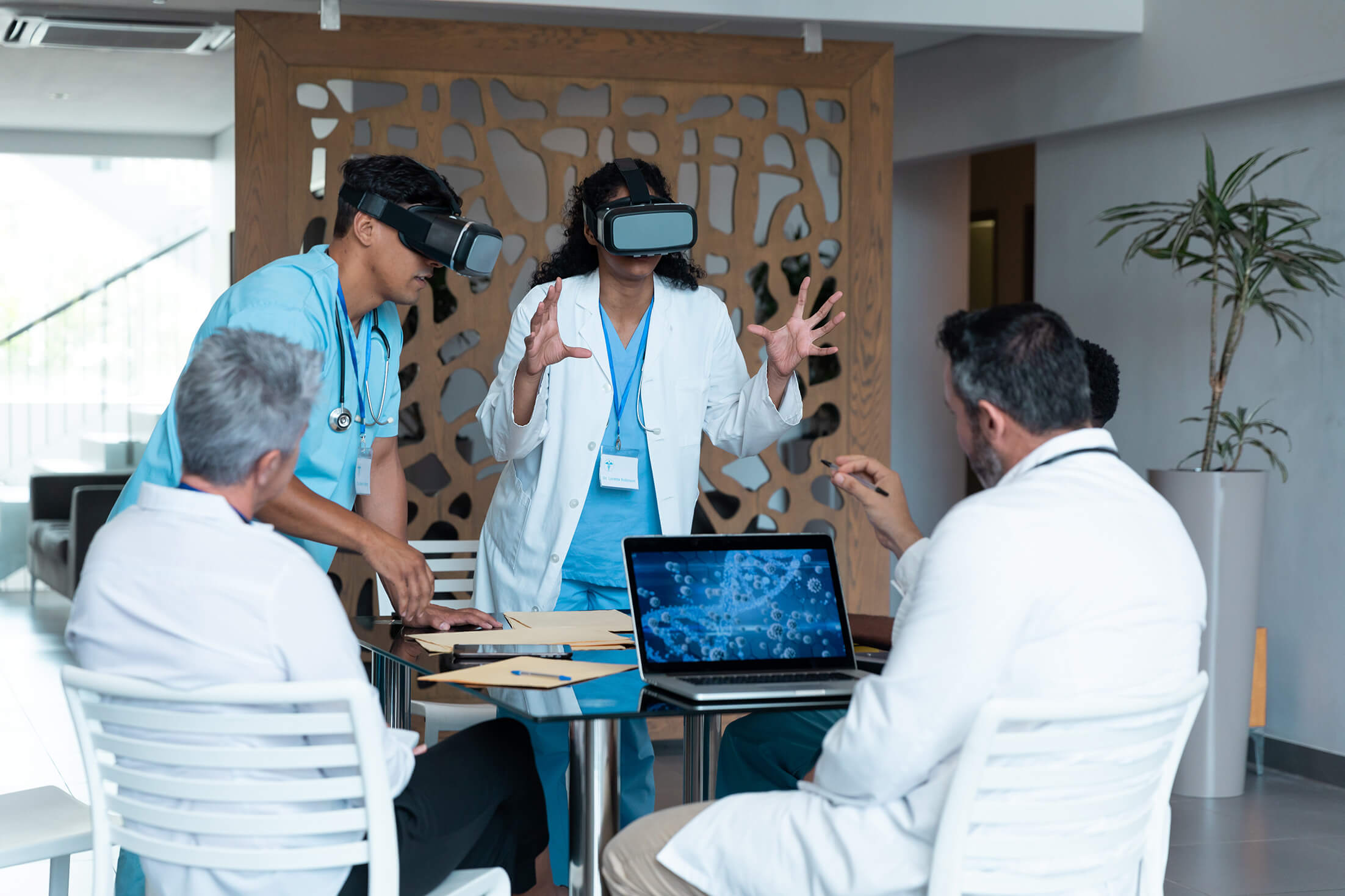
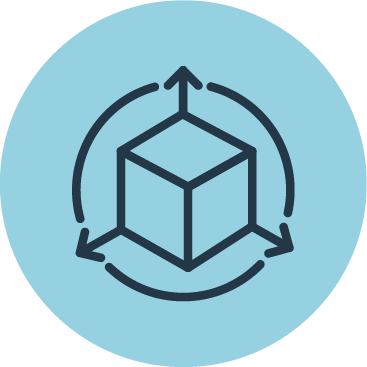

Enabling Immersive Training
Imagine connecting remote sites to 5G telemedicine services to enable collaborative medical training like never before with operational support through immersive augmented reality (AR) and virtual reality (VR) experiences. It's possible with 5G's high bandwidth and ultra-reliable low latency capability (URLLC), which streams real-time audio/video indoors and out without loss of quality. With this solution, we will also see improved 3D rendering of complex anatomy.
Delivering Healthcare Anywhere
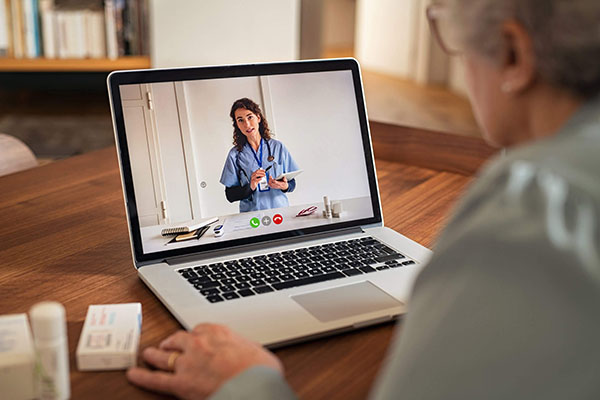


Delivering Healthcare Anywhere
Imagine ninety-percent of your health checkups, diagnoses, or treatments in the comfort of your own home. Healthcare organizations will soon be able to reach distant patients with greater ease. 5G, edge computing capabilities, and artificial intelligence (AI) will be combined to bring world-class hospital-like care in remote and rural communities. This could enable mobile intensive care units (ICUs), mobile skin grafts, and full labs for at-home diagnostics.
Helping Hospitals Stay Awake
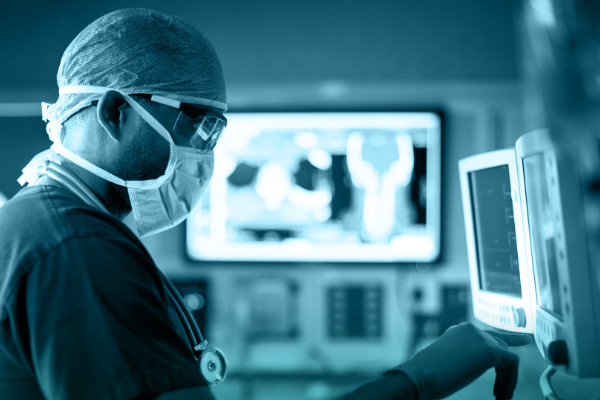


Helping Hospitals Stay Awake
Imagine complete patient monitoring unbound by past limits on data streaming. With a complete 5G upgrade, hospitals could become early adopters of transformational capabilities like all-source patient sensors, personalized automated treatment through automated data flows. Hospitals will begin to function as research testbeds, able to produce feedback data on individualized treatment plans. Patients could go home earlier while still under the care of their hospital-based health team.
Powering Robotic Surgery
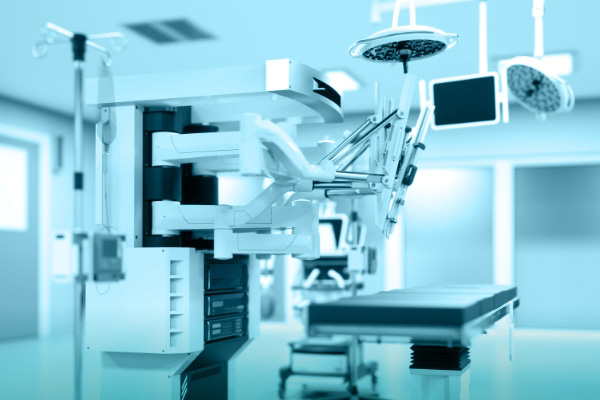


Powering Robotic Surgery
Imagine robotic surgical units as ubiquitous as coffee bars. 5G will expand the reach of remote surgery. We envision new telesurgical robot platforms capable of being staged further forward (e.g., a remote military operating base). 5G will mitigate network-imposed limitations of telerobotic surgery, such as signal delay. Combined with extended reality (XR) experiences and cutting-edge robotics, 5G can deliver a real-time experience that looks and feels like being in the room with the patient.
SECURING THE 5G HEALTHCARE ECOSYSTEM
Follow Industry Developments & Prepare To Integrate New Tech
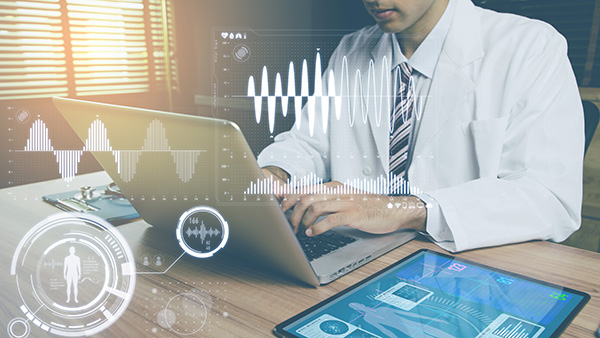

Integrating emerging 5G technologies requires support and action from the entire healthcare community, including medical device manufacturers, regulators, hospital systems, and medical providers. We recommend:
- Working with a diverse set of 5G network providers and vendors to deliver repeatable 5G rollouts
- Participating in standards working groups to provide your requirements before standards are set
- Maintaining up-to-the-minute awareness of the 5G ecosystem's developments


Deploy Integrated Cybersecurity & Privacy Solutions
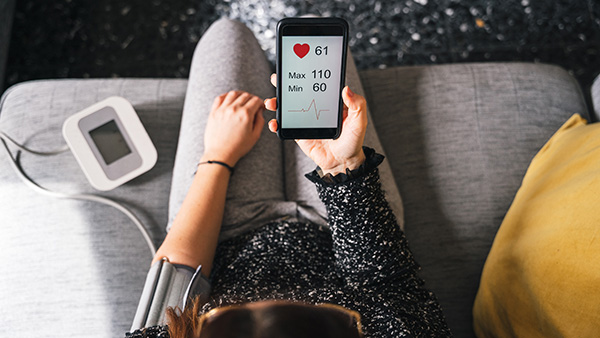

Data privacy and security solutions are critical to the success of leveraging 5G in the healthcare space. Nothing is more sensitive than a patient's health information and the critical operations of healthcare delivery organizations. Apply zero trust principles of least-privilege access and implement data rights management and encryption. We recommend:
- Focusing on zero trust and encryption
- Integrating patient-focused solutions with the network, hardware, and software needed to support mission priorities
- Designing and prototyping solutions in a sandbox testing environment, like Booz Allen's carrier-grade 5G Lab or IoMT lab


Drive Security & Resiliency Improvements
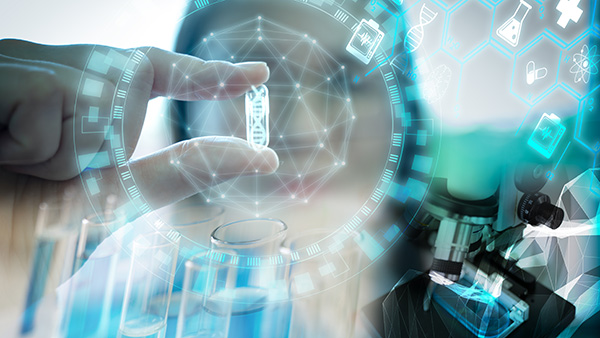

Health delivery organizations can proactively counter sophisticated network threats by modernizing and implementing advanced architectures such as zero trust. We recommend:
- Working with partners who have a deep understanding of network threats to build hardened infrastructures that protect against both legacy and 5G vulnerabilities
- Designing an infrastructure that incorporates new 5G based resiliency and reliability techniques to protect against failure
- Implementing strict access controls, network segmentation, and data protection techniques to protect patients' most sensitive information



5G technology can empower the entire healthcare ecosystem to adopt new operating models, gain novel insights, and drive efficiencies. Booz Allen takes a broad and holistic view of Secure Connected Health, serving as a catalyst for cross-alignment and partnership across medical device manufacturers, tech startups, policymakers, health delivery organizations, and patients.
Click below to learn how Booz Allen can help you build secure and resilient 5G healthcare strategies that meet your mission needs.
Source 1: CISA
Source 2: Precision Clinical Medicine
Source 3: Cybercrime Magazine
Source 4: IoT for All





